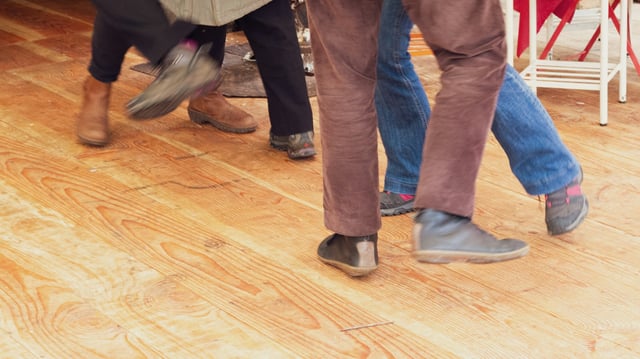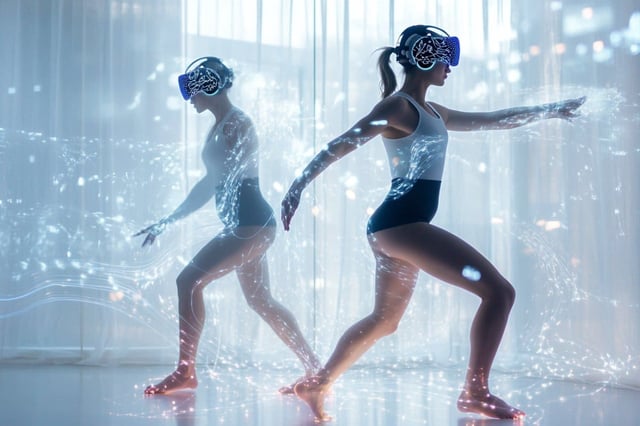Overview
- The study, published in JNeurosci on April 14, 2025, found that synchronized movements between dancers only occur when they share the same song and maintain visual contact.
- Researchers used EEG, whole-body movement tracking, and muscle activity analysis to uncover distinct neural signals related to music processing, self-generated movements, and social coordination.
- Visual conditions were manipulated, allowing researchers to isolate neural responses specific to social coordination in paired dancing.
- The findings highlight the brain's heightened sensitivity to subtle movements, such as knee bouncing, which plays a unique role in social coordination despite its low amplitude.
- This research advances understanding of how the brain integrates audio and visual cues during social interactions, with implications extending beyond dance to other forms of human connection.

